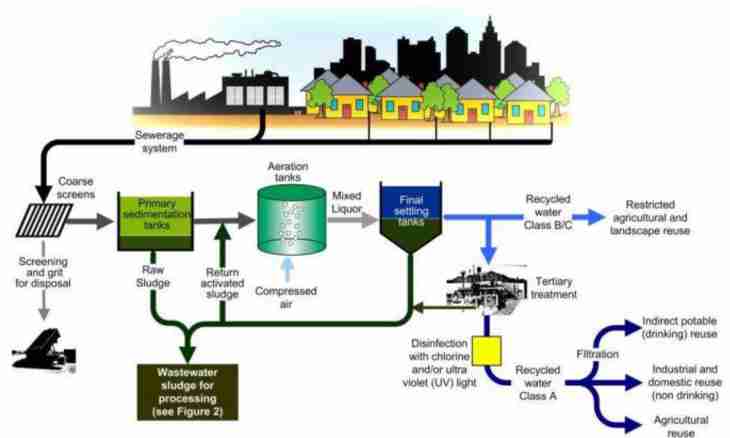Air. It - everywhere. To them it is invisible any space is filled. We do not perceive air (if there is no wind or the fan), we cannot taste it. It is an emptiness symbol, but actually - a special part of a material world. So it air?
Instruction
1. Matter, as we know, can be presented in a solid, liquid and gaseous form. Air - mix of gases: nitrogen - about 78 percent, oxygen - about 21 percent. The remained 1 percent "takes away" carbon dioxide, helium, argon, xenon, krypton and other rare gases.
2. Air - not weightless substance. One cubic meter of air weighs 1 kg 293 grams. Over our planet the huge atmosphere - the atmosphere hangs. Its weight is huge 5,171,000,000,000,000 tons! The person is under the air pressure upon the body weighing 1 ton, but owing to natural adaptation does not feel it. Atmospheric pressure is the highest - at sea level where on 1 sq. cm "presses" 1 kg. If to rise by the high mountain, to fly up by plane, then reduction of pressure of air will be found. At the height of 13 km it is less, than above sea level, by 8 times. Practically it is not at the height more than 30 km.
3. Oxygen is important for breath of the person in air. Pure oxygen can be emitted from air. For this purpose it should be cooled up to very low temperatures (lower minus 180 °C). At the same time it will become liquid, and at temperature increase will begin to boil. Nitrogen will evaporate, oxygen will remain. It is used in oxygen pillows. Oxygen which is in the terrestrial atmosphere, on volumes such is that can be allocated with plants for several thousands of years. As for carbon dioxide in air, it disappears as a result of photosynthesis, and is replenished due to breath of living plants, animal, at disintegration of the become obsolete organisms. Thirty five years - such is CO2 circulation time. At nitrogen it is more - nearly 108 years. Conclusion: all plants, fauna and microorganisms have a huge impact on the chemical composition of air.
4. If to present air layers over our planet (atmosphere), then below there will be a troposphere, then a stratosphere. The border between them is approximately at the height of 11-12 km. Air masses always are in the movement: at the Earth's surface, air moves from poles to the equator, and in the top layers of the troposphere - in the opposite direction. The complexity of air circulation in general has a talk existence of oceans with their big thermal capacity.
